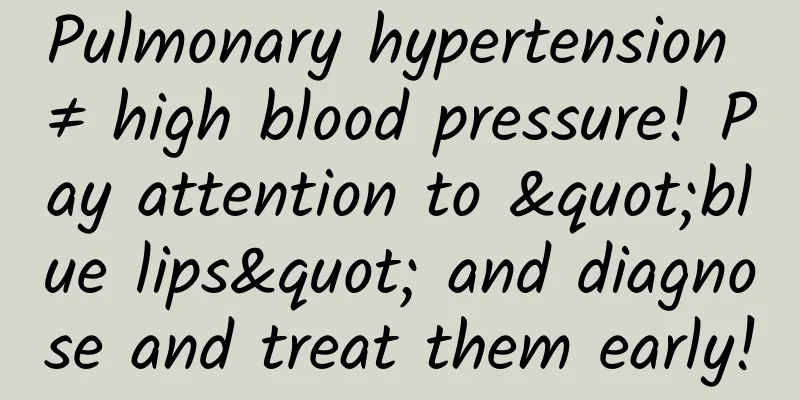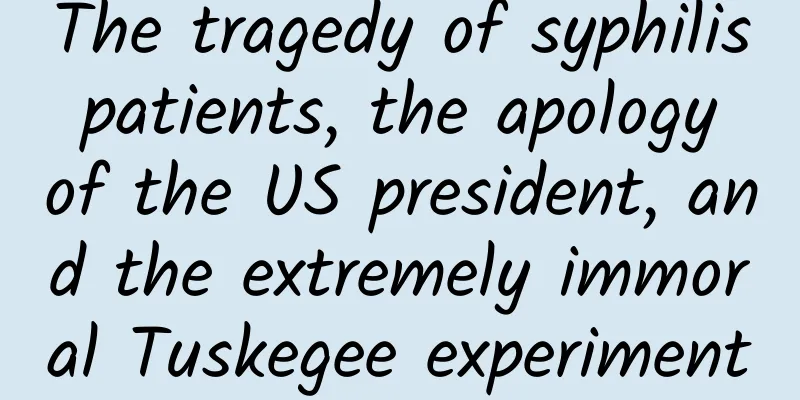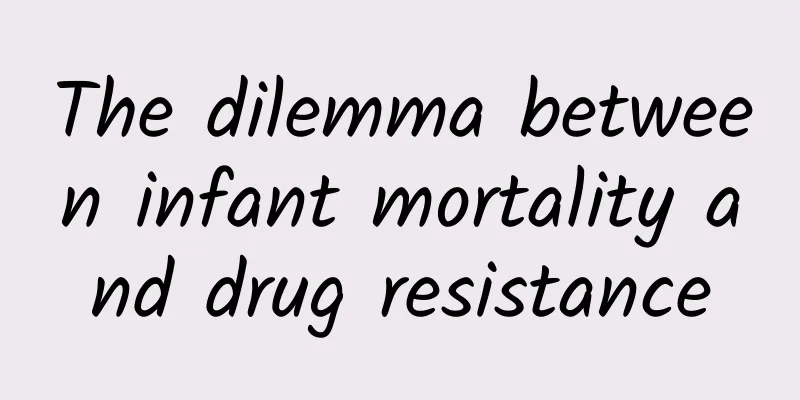Pulmonary hypertension ≠ high blood pressure! Pay attention to "blue lips" and diagnose and treat them early!

|
May 5 World Pulmonary Hypertension Day As a rare disease, the prevalence of pulmonary hypertension is only 6 in 1 million. It is a life-threatening disease caused by a variety of reasons, which leads to malignant increase in pulmonary vascular resistance, pulmonary vascular remodeling, and gradually develops into right heart failure and death. It can be an independent disease or a complication or syndrome of other diseases. Many people are confused about pulmonary hypertension and hypertension. What is the difference between them? Different sites of disease onset <br /> The movement of blood throughout the body is called systemic circulation. The movement and exchange of blood throughout the body in the lungs is called pulmonary circulation. The heart has two arteries that pump blood out, the one that pumps blood to the whole body is called the aorta, and the one that pumps blood to the lungs is called the pulmonary artery. Different clinical manifestations . Hypertension is usually manifested by headache, dizziness, chest tightness, chest pain, irritability, and in severe cases, fundus hemorrhage or cerebral infarction and cerebral hemorrhage. Pulmonary hypertension is generally manifested by dyspnea, cough, hoarseness, fatigue, chest pain, and even hemoptysis and general edema, which can be easily confused with other respiratory diseases. Pulmonary hypertension can cause patients to lack oxygen, making their lips appear dark purple or bluish purple, so "blue lips" is also a nickname for patients with pulmonary hypertension. At this time, you must go to a professional medical institution for investigation. Different causes of hypertension are generally believed to be related to high-salt diet, obesity, irregular work and rest, smoking and genetic factors. The cause of pulmonary hypertension is more complicated and unclear. It may be related to lung disease, left heart disease or heart valve disease, connective tissue disease, blood system disease, pulmonary embolism, congenital heart disease, tumor or genetic factors. It is clinically divided into five categories: (1) arterial pulmonary hypertension; (2) pulmonary hypertension caused by left heart disease; (3) pulmonary hypertension caused by lung disease or hypoxia; (4) chronic thromboembolic pulmonary hypertension, or pulmonary hypertension caused by other pulmonary artery obstructive lesions; (5) pulmonary hypertension caused by unknown causes or multiple factors, such as blood system diseases, systemic and metabolic diseases or other factors. Treatment of different hypertension is mainly based on 5 types of first-line drug treatment, including angiotensin converting enzyme inhibitors (prils, such as captopril), angiotensin II receptor antagonists (sartans, such as irbesartan), calcium channel blockers (dipines, such as amlodipine), diuretics (such as hydrochlorothiazide, spironolactone), beta-blockers (lol, such as metoprolol, bisoprolol). The drug treatment of pulmonary hypertension is very different. Some antihypertensive drugs, such as diuretics and calcium channel blockers, may have a certain effect on some simple symptoms of pulmonary hypertension such as edema and dyspnea, but they only treat the symptoms and not the root cause. Therefore, they cannot be used simply by themselves, so as not to delay or even aggravate the condition! Be sure to go to a professional medical institution for a comprehensive examination, determine the cause and disease classification, and then conduct systematic treatment, including non-drug treatment and drug treatment. Specific drugs include: (1) endothelin receptor antagonists, such as bosentan, ambrisentan, macitentan, etc.; (2) type 5 phosphodiesterase inhibitors, such as sildenafil, vardenafil, etc.; (3) soluble guanylate cyclase agonists, such as riociguat, etc.; (4) prostacyclin analogs and prostacyclin receptor agonists, such as epoprostenol, treprostinil, selexipag, etc. Patients cannot choose them on their own and must use them according to the doctor's instructions. |
<<: Several misunderstandings about tumor immunotherapy that you must understand
>>: Beware! Does this mean you have stomach cancer? Pay attention to these situations!
Recommend
Hysteroscopy during fallopian tube surgery
Hysteroscopic laparoscopy has many advantages in ...
The correct way to touch the belly of a pregnant woman
Pregnancy is very hard for women, and the growth ...
What is the self-taught examination for college-to-undergraduate students? Is the college-to-undergraduate degree recognized by the country?
Recently, some people have asked about the common...
HootSuite: LinkedIn Advertising Statistics
199IT original compilation LinkedIn advertising r...
Why do nutrition experts recommend you to eat this kind of food with "high calorie content"?
Cheese, cheese, yogurt... these foods you have ea...
The sides of the urethra opening protrude like lips
The urethra is an important part of the urinary s...
How much damage does abortion do to the body?
Abortion can cause great harm to a woman's bo...
Can I drink hawthorn tea during menstruation?
Hawthorn is a fruit we often eat. The biggest eff...
Is it normal to lose weight during confinement?
The confinement period for women is a very import...
How can I get pregnant with a retroverted uterus? These methods are the most reliable
Retroverted uterus is a common phenomenon. Many f...
What to do if your breasts become smaller after breastfeeding
Many women will find that after giving birth, if ...
Signs of blood clots in the lower limbs during pregnancy
Pregnant women are a group of people we need to p...
Can pregnant women eat buckwheat?
Pregnant women actually need to pay special atten...
What to do about polycystic ovary syndrome
Polycystic ovary syndrome is a very common gyneco...









